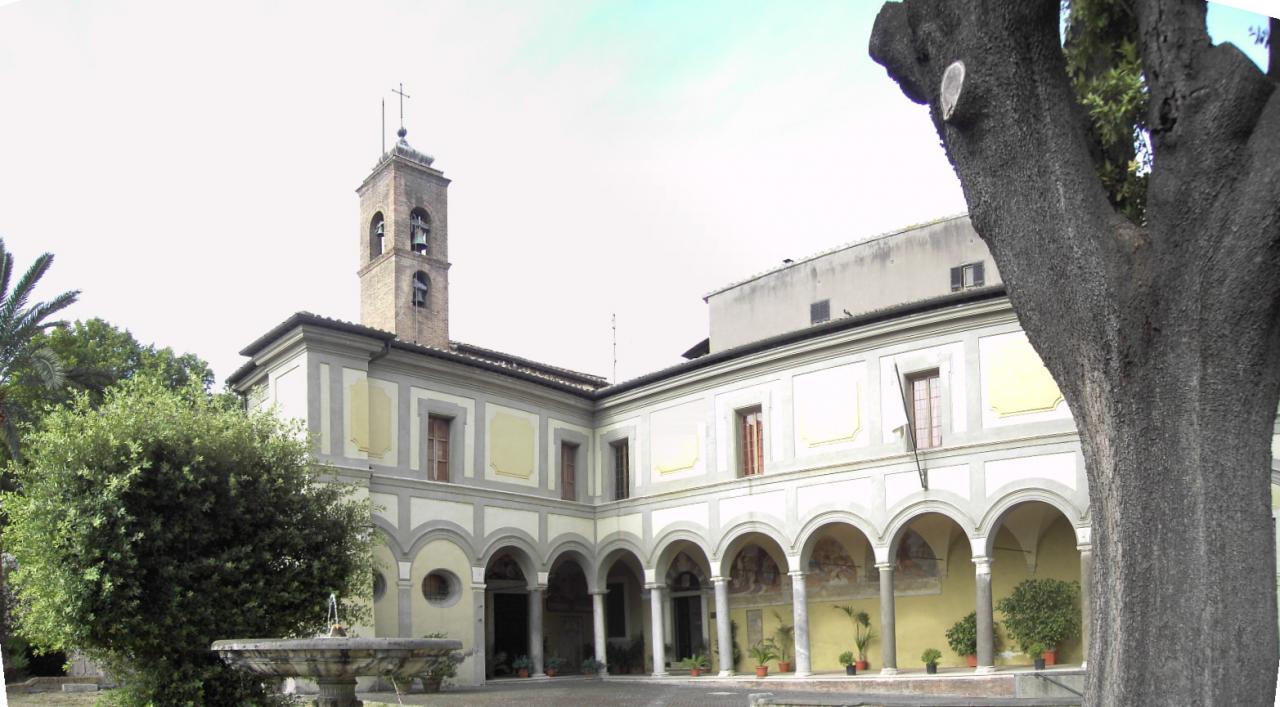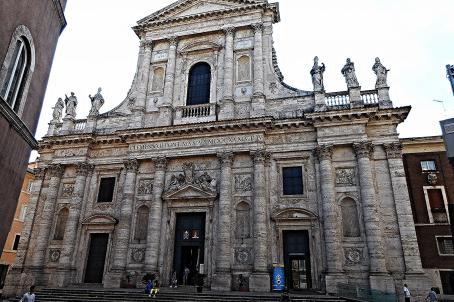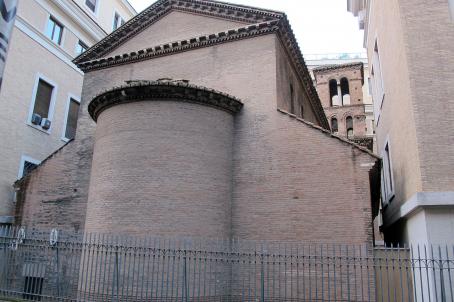Church of Sant'Onofrio al Gianicolo

Sant'Onofrio al Gianicolo is a 15th-century convent church complex. The building, with a single nave and two chapels on each side, was completed in the 16th century and contains several paintings and sculptures from the 17th century. The small cloister of the convent is perhaps the oldest part of the complex, it also has a porticoed gallery on the upper floor.





